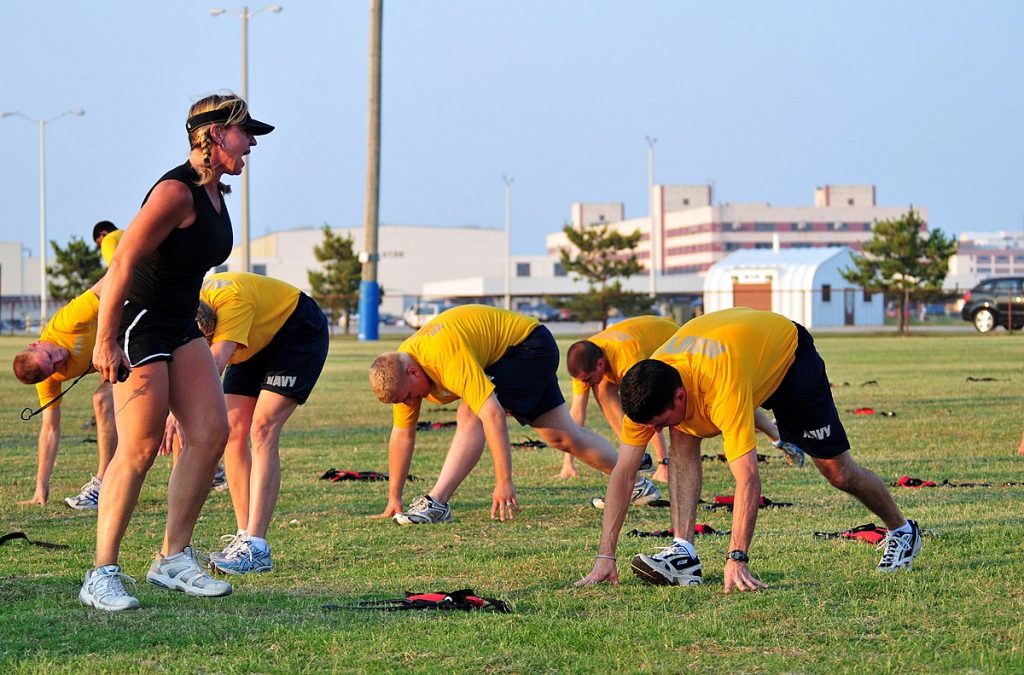Most of us are aware of our need for exercise and physical fitness, but did you know babies need exercise too?
A child is born with a set of muscles and body systems that crave movement right from the beginning. The rate at which babies acquire the skills of turning over, crawling and walking depends partly on how much time they have to practice. Small arms need to wave around, legs need to kick and push, little backs need to arch and bend. Think of how much time the average American baby spends packed into containers like a little potted plant. From baby seat to car seat, to stroller to swing, many babies are simply toted from place to place all day long, rarely enjoying the chance to move freely.
The American Academy of Pediatrics recommends that babies should be allowed safe and supervised floor play or “tummy time” each day. Parents can play games with older babies such as pat a cake and “How big is the baby?” to encourage vigorous movements. There should be space in the home where the little one can practice pulling themselves to a standing position, and cruising along the furniture while holding on.
Pediatricians recommend that parents should not use television to entertain or “educate” babies and toddlers. Research demonstrates that habits leading to obesity begin early, and sedentary entertainment for preschoolers can have serious health consequences later in life. The official advice of the American Association of Pediatrics is that toddlers under 2 years old should have no exposure to TV or screens, and that children over 2 should have their media time limited to 1 to 2 hours daily.
Once a child is capable of walking, he or she should be given ample opportunity to do so. Shopping malls, parks and beaches provide space for a parent to let the toddler walk around, while following close beside or behind the child without interfering with them unless they encounter something dangerous. At home, especially if you live in an apartment, it’s a good idea to have some of your furniture be of a sturdy type that can withstand kids activities such as climbing and jumping. Riding toys for the youngest children are compatible with indoor play, and toddlers love pushing wheeled “bikes” or toy trucks from room to room.
Physical activity in preschool children is crucial for encouraging the development of balance, depth perception, muscle control, strength and flexibility. Just as a growing child’s mind needs to be stimulated with stories and music and conversation, the child’s body needs to be stimulated as well. New research also shows that physical activity in young children is necessary for optimal bone development, and teenagers who were physically active between the ages of 1 and 4 have lower body fat and better self esteem in adolescence.
The assortment of safe physical challenges offered by Safari Adventure can help establish the foundation of a long, healthy life for your young child.






